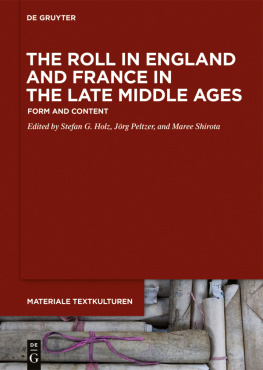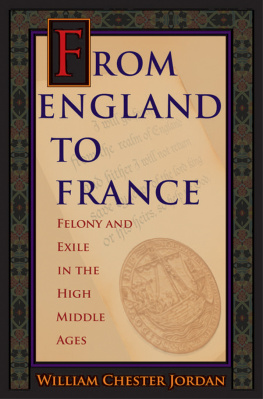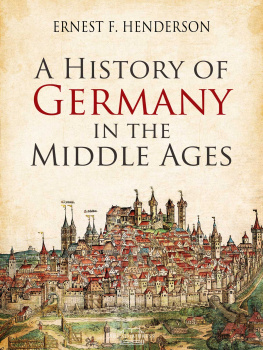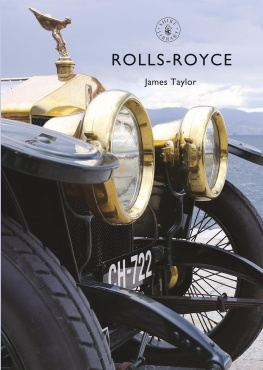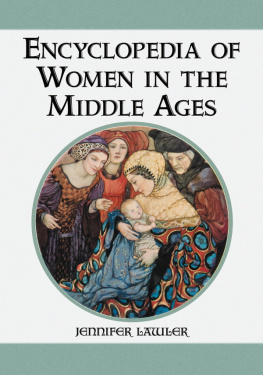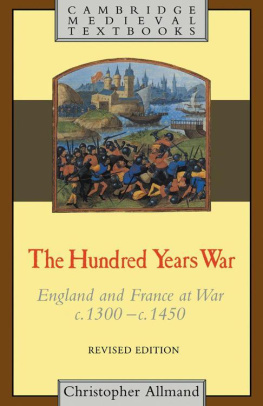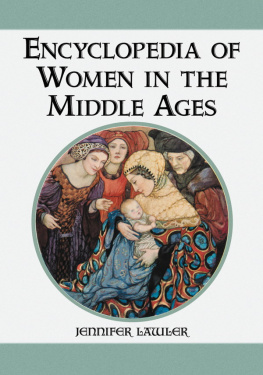Contents
Guide
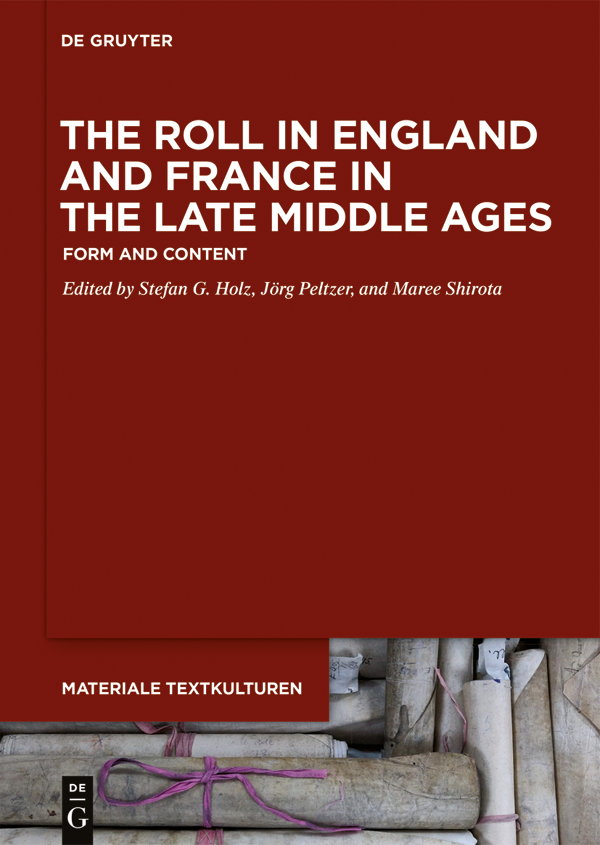
The Roll in England and France in the Late Middle Ages
Materiale Textkulturen

Schriftenreihe des Sonderforschungsbereichs 933
Herausgegeben von
Ludger Lieb
Wissenschaftlicher Beirat:
Jan Christian Gertz, Markus Hilgert, Hanna Liss,
Bernd Schneidmller, Melanie Trede und
Christian Witschel
Band 28
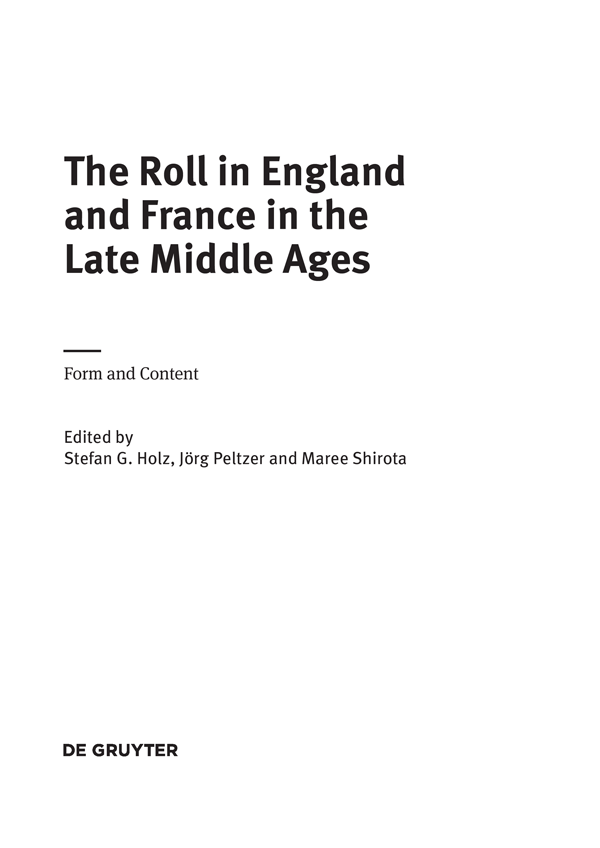
ISBN 978-3-11-064483-8
e-ISBN (PDF) 978-3-11-064512-5
e-ISBN (EPUB) 978-3-11-064520-0
ISSN 2198-6932

This work is licensed under the Creative Commons Attribution-NonCommercial-NoDerivatives 4.0
License. For details go to http://creativecommons.org/licenses/by-nc-nd/4.0/.
Library of Congress Control Number: 2019949158
Bibliographic information published by the Deutsche Nationalbibliothek
The Deutsche Nationalbibliothek lists this publication in the Deutsche Nationalbibliografie; detailed bibliographic data are available on the Internet at http://dnb.dnb.de.
2019 Stefan G. Holz, Jrg Peltzer, Maree Shirota, published by Walter de Gruyter GmbH, Berlin/ Boston
This book is published in open access at www.degruyter.com.
Cover Image: Box of late thirteenth and early fourteenth century jornalia rolls. Kew, TNA, E 405/1/156. By permission of The National Archives Kew. Photo by Paul Dryburgh.
www.degruyter.com
Preface
This volume results from the conference The Roll in Western Europe in the Late Middle Ages , held at Heidelberg, 2829 September 2017, organised by sub-project B10 Rolls for the King: The Format of Rolls in Royal Administration and Historiography in the Late Middle Ages in Western Europe of the CRC 933 Material Text Cultures at Heidelberg University. We would like to thank all scholars who responded positively to our call for papers for the conference and thus made the event possible. Anuschka Holste-Massoth (Heidelberg), Annette Kehnel (Mannheim), Norbert Kssinger (Konstanz), Klaus Oschema (Bochum), Bernd Schneidmller (Heidelberg), and Jean-Marie Moeglin (Paris) chaired the individual sessions. Jean-Marie Moeglin also kindly agreed to give the concluding remarks. We are very grateful for their input and support. Thanks are also due to the Heidelberg Center for American Studies for hosting the conference, to Harmony Dewez (Poitiers) for having proofread the French texts and to the students Paul Blicke, Katharina Htzsch, Robert Janson, and Laura Puin who contributed to a smoothly organised conference and preparing its proceedings for publication. Finally, we thank the German Research Foundation (DFG) for having financed the conference and the publication of this volume within the framework of the CRC 933 and its MTK series.
As a general rule, lower case has been used for medieval institutions throughout the volume in both English and French texts. Abbreviations are used individually by the authors and are indicated in the footnotes or the references.
Heidelberg, 31 January 2019
Stefan G. Holz, Jrg Peltzer and Maree Shirota
List of Figures
Thomas Roche Des rouleaux ordinaires ? Panorama des rles conservs aux Archives dpartementales de lEure
Lucie Tryoen Laloum Le rouleau dans les procdures judiciaires au chapitre de Notre-Dame de Paris au XIIIe sicle
Marlne Helias-Baron Une dclaration des biens de Notre-Dame du Val (1362). Exigences fiscales, reconstruction seigneuriale et pratiques documentaires
Nicholas Vincent Enrolment in Medieval English Government: Sickness or Cure?
Marigold Anne Norbye Roll or Codex for A tous nobles ? The Physical Expressions of a French Genealogical Chronicle
Maree Shirota Neither Roll nor Codex: Accordion Genealogies of the Kings of England from the Fifteenth Century
Katherine Storm Hindley The Power of Not Reading: Amulet Rolls in Medieval England
List of Tables
Lucie Tryoen Laloum Le rouleau dans les procdures judiciaires au chapitre de Notre-Dame de Paris au XIIIe sicle
Marlne Helias-Baron Une dclaration des biens de Notre-Dame du Val (1362). Exigences fiscales, reconstruction seigneuriale et pratiques documentaires
Nicholas Vincent Enrolment in Medieval English Government: Sickness or Cure?
Stefan G. Holz The Onus Scaccarii Rolls under Edward I (12721307)
Marigold Anne Norbye Roll or Codex for A tous nobles ? The Physical Expressions of a French Genealogical Chronicle
Maree Shirota Neither Roll nor Codex: Accordion Genealogies of the Kings of England from the Fifteenth Century
Jrg Peltzer
The Roll in England and France in the Late Middle Ages
Introductory Remarks
This publication originated in the Collaborative Research Centre 933 Material Text Cultures. Materiality and Presence of Writing in Non-Typographic Societies (subproject B10 Rolls for the King). The CRC 933 is funded by the German Research Foundation (DFG). It was written during my stay at the Institute for Advanced Study, Princeton, as John Rassweiler Founders Circle Member in 2017/18. I am very grateful to Maree Shirota and Stefan Holz for their comments and suggestions.
If a poll were carried out to establish which form of manuscript, the codex or the roll, the public associated more with the Middle Ages, the result would probably see the codex taking most votes. A monk handling a codex is a stereotypical image of and for the Middle Ages promoted by medieval evidence as much as by modern movie productions such as the film adaptation of Umberto Ecos The Name of the Rose . While this image is by no means false, it somewhat distorts the picture. Rolls were also widespread in the Middle Ages and there was hardly anything that could not be written on them. To point only to some of their uses: they served to record administrative and judicial matters, prayers, the names of deceased monks, theatre scripts, historiography or charms. Like the codex, scrolls were part of the ecclesiastical iconographic program. Symbolizing the Hebrew Scriptures, they were carved into the facades of many churches and, as a consequence, into the consciousness of the onlooker. Even if one did not use rolls, one knew about their existence.
Historians have not ignored the great variety of rolls and have always been ready to exploit their contents. They have paid much less attention, however, to the rolls themselves and the relationship between the roll and its content. It is the purpose of this volume to readdress that imbalance by looking at rolls in England and France To investigate the nature of this mutual connection five closely related aspects deserve closer attention:
| 1) | the materiality of the artefact. While material is defined as technically applied and in most cases transformed matter (the physical substance), materiality in its narrower sense is understood to refer to the culturally defined meaning of the material in general, and more specifically of the artefact made out of this material. then this deals with the materiality of the rolls. In its wider sense, materiality also refers to significance attached to the form and format of the artefact (roll) as well as to the material used to write on it. |

